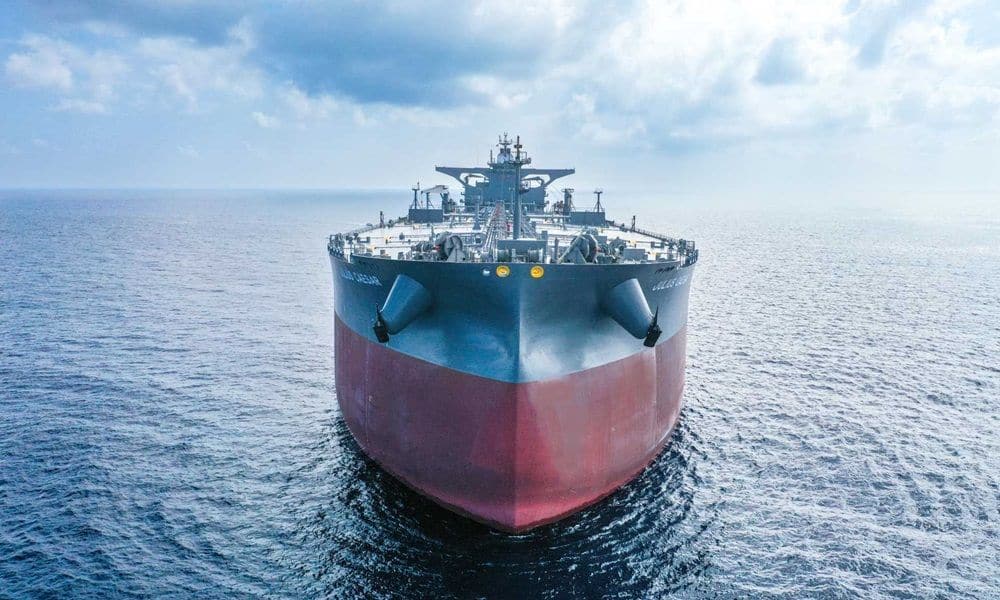ClarkSea Index hits year-high ahead of American strikes on
ClarkSea Index Soars Amid Middle East Tensions

The ClarkSea Index, a key shipping barometer that measures earnings across various maritime sectors, reached a new peak for 2025 on Friday, coinciding with escalating tensions following the U.S. decision to strike Iran. This significant development has set the stage for further increases in the index, which is already showing remarkable growth. The index surged 7% week-on-week, marking its largest weekly gain in over 18 months, climbing to an 11-month high of $26,916 per day.
Record Earnings Driven by Crude and LNG Demand
Despite a downturn in dry bulk rates and unprecedented declines in transpacific containership prices, the ClarkSea Index benefitted from strong earnings in the tanker sector. Crude, product, LNG, and LPG tanker rates experienced substantial increases, particularly in the Middle East amid ongoing conflicts. Notably, earnings for very large crude carriers (VLCC) on the Middle East-China route nearly doubled to over $60,000 per day, while LR2 tankers from the Middle East to Asia saw earnings rise to over $50,000 per day. Overall, average tanker earnings surged by 41% week-on-week, reaching a 12-month high of $36,910 per day.
LNG carrier spot rates also witnessed a remarkable upswing due to tightening tonnage availability and the regional conflict. The average spot rate for a 174,000 cu m vessel rose by 77% week-on-week, hitting $50,500 per day, the highest level since October of the previous year. Furthermore, spot rates for very large gas carriers (VLGC) increased significantly, with operators in Asia either avoiding calls to the Middle East or demanding a premium. Earnings on the Ras Tanura-Chiba route soared by 30% week-on-week, reaching $67,450 per day.
With the U.S. joining Israel in military actions against Iran over the weekend, analysts predict that tanker earnings will continue to escalate this week, potentially driving the ClarkSea Index to unprecedented levels. A report from SEB, a Swedish investment bank, noted that market stakeholders are keenly awaiting developments, contrasting sharply with the typical lull experienced during summer months.
